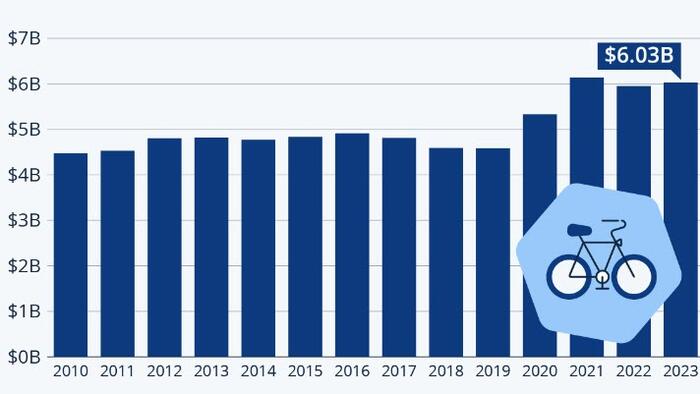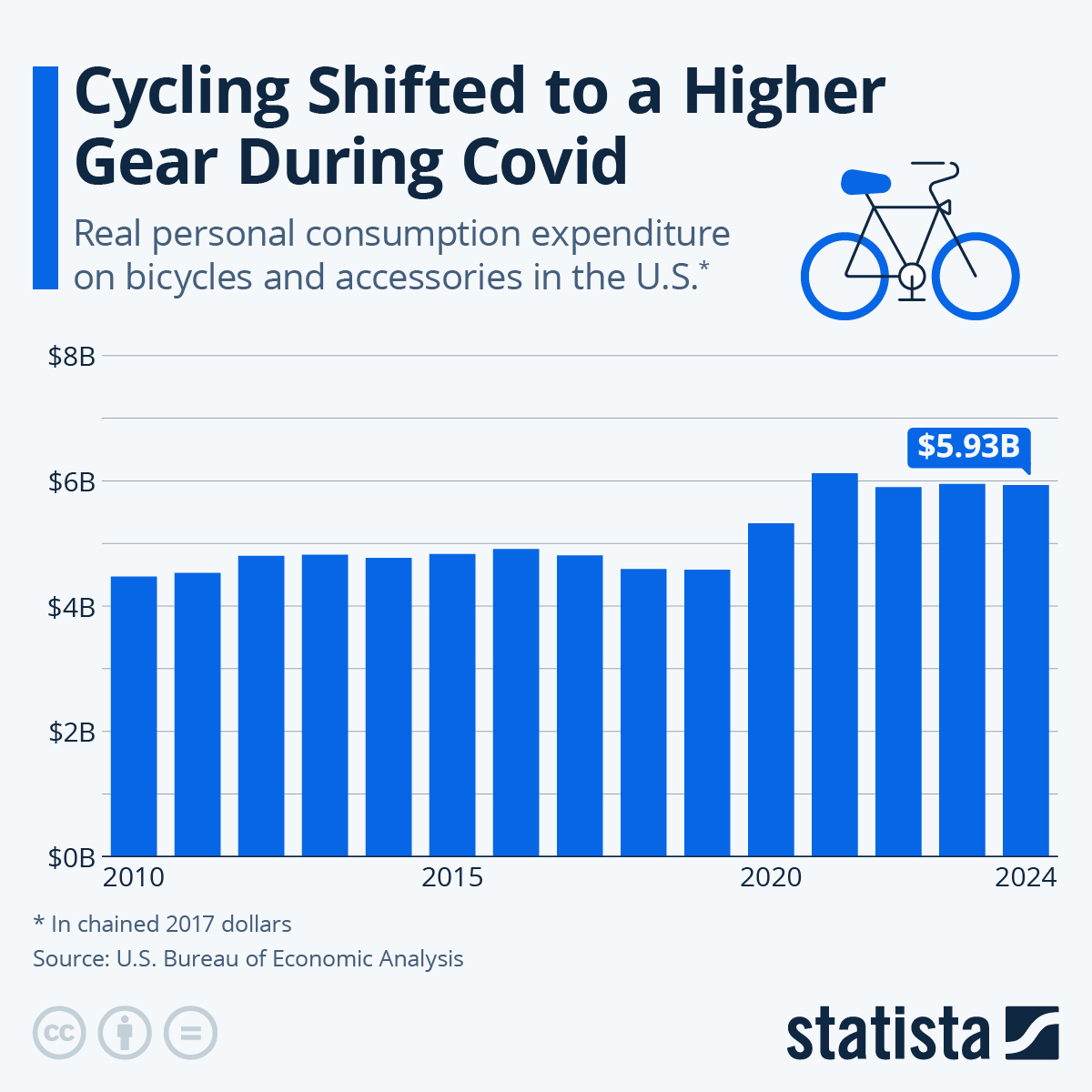


Commemorated on June 3 each year, World Bicycle Day is celebrated to promote the benefits of cycling and recognize its importance as a simple, affordable and environmentally friendly mode of transportation.
The United Nations declared this observance in April 2018 to highlight the bicycle's role in fostering sustainable development, health and well-being, encouraging governments and societies to embrace cycling as a means to reduce pollution and enhance the quality of life in urban and rural areas alike.
In the United States, a firmly car-centric society, the bicycle plays a relatively minor role compared to large parts of Europe, where people are much more likely to rely on their bikes for everyday transportation. During the Covid-19 pandemic, however, which forced gyms to shutter and public transportation to suspend operations, millions of Americans re-discovered bicycles as a safe, socially-distanced form of physical exercise and transportation. The bike boom hit retailers unprepared, causing new bicycles to become a scarce commodity, exacerbated by the fact that global bicycle supply was also constrained due to Covid-19.
As Statista's Felix Richter shows in the chart below, according to inflation-adjusted figures published by the U.S. Bureau of Economic Analysis, Americans spent $5.3 billion on bicycles and accessories in 2020, up from an average of $4.7 billion between 2015 and 2019.
You will find more infographics at Statista
The trend continued in 2021, when consumer spending on bicycles and accessories grew past $6 billion, surpassing the pre-pandemic average by almost 30 percent. Looking at the past two years, consumer spending on bicycle gear has plateaued at that level, fueling hopes that the industry could remain in a higher gear compared to pre-Covid days.

